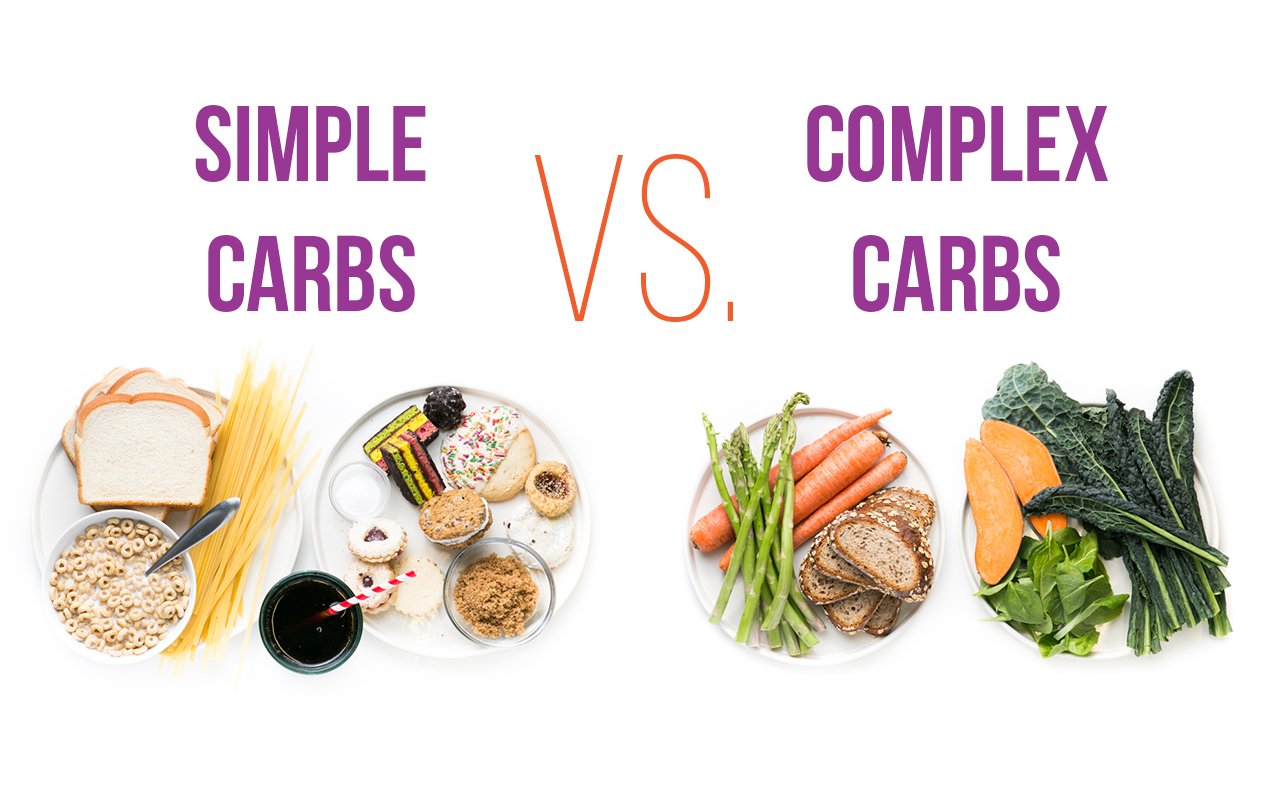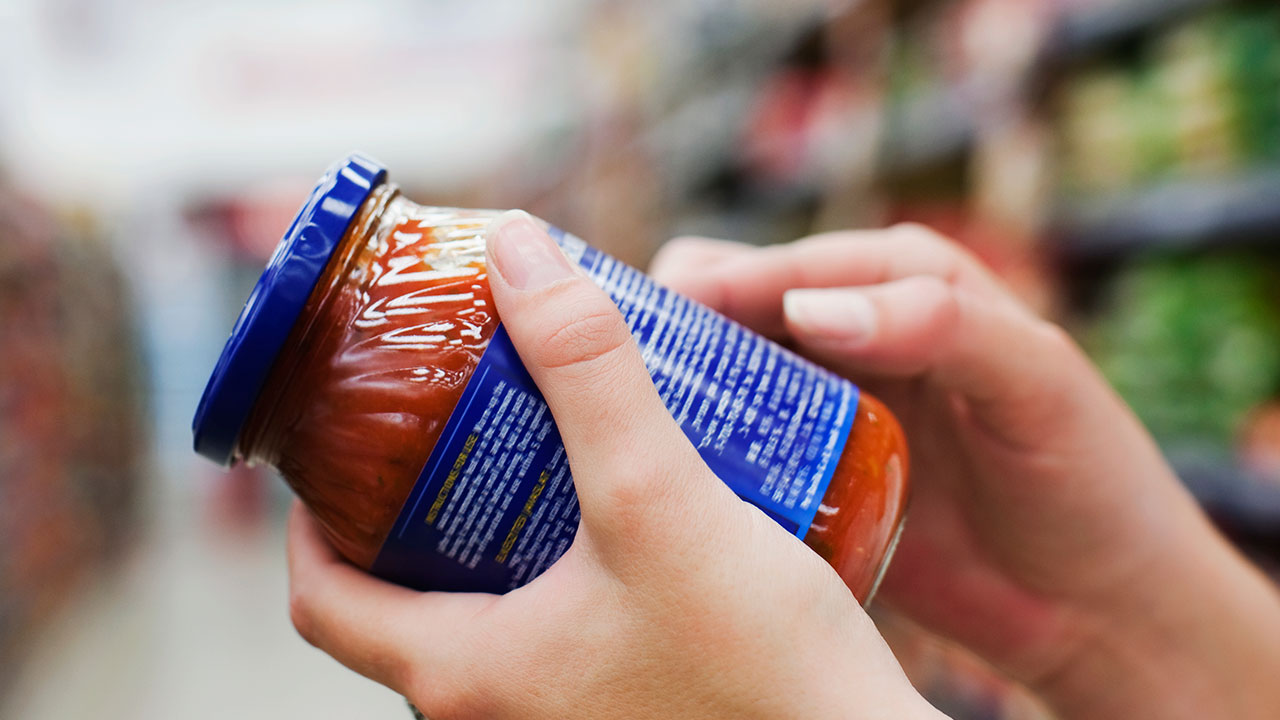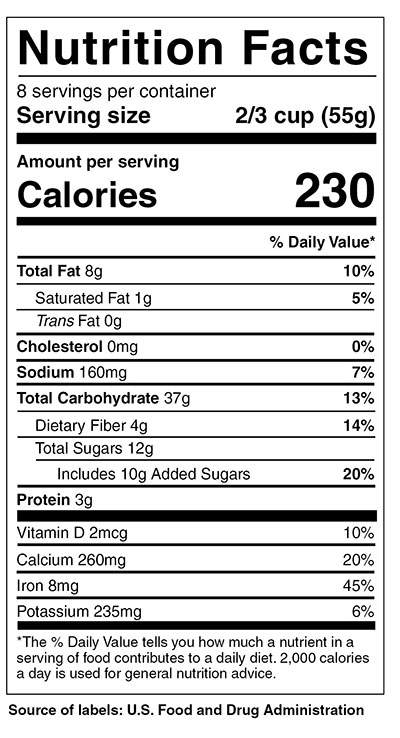41 bad fats on food labels
Food Labels: 5 Harmful Ingredients To Avoid - ThePostGame.com When people talk about fats that they should avoid, trans fat and saturated fat are the two most harmful fats for the body. Trans fats are the worst kind of fat for your waist line and your heart.... Good Fats vs. Bad Fats: Get the Skinny on Fat - WebMD Nov 1, 2007 — The 'Bad' Fats in Your Diet. Now on to the bad guys. There are two types of fat that should be eaten sparingly: saturated and trans fatty acids.
Interpreting Total Fat and Types of Fat on Food Labels - Nina Cherie ... The Nutrition Facts label lays out the "total fat" in addition to the different types of fat contained in foods. Determining the type of fat can help you decide whether or not a food is rich in 'healthy' and/or 'unhealthy' fats. Trans fats and, in some cases saturated fats, are considered "unhealthy" or "bad" while monounsaturated and polyunsaturated (omega-3) fats are generally healthier alternatives or "good" fats.
Bad fats on food labels
What Are the Fats Not Listed on Nutrition Labels? Polyunsaturated fats are the second type of fat you usually won't see on the nutrition facts label. Just like the monounsaturated fats, polyunsaturated fats reduce your risk of cardiovascular... Food Label Detective: How to Spot the Good Fats - The Dr. Oz Show Bad. All fats are not created equal. Dietary fat can be broken down into the "good," monounsaturated fat and polyunsaturated fat, and the "bad," trans fat and saturated fat. Good fats are a necessary part of a healthy, well-balanced diet. Monounsaturated fats are found primarily in plant-based oils like olive and canola, and nuts and seeds. What Foods Are High in Fat? High-Fat Foods to Avoid These foods are rich in bad fats, namely, saturated and trans fats and should be avoided: Deep-fried foods (French fries, fritters, chips) Cakes, muffins, cookies Ice cream and other frozen desserts Red meat (steak) and processed meats (bacon, sausage) Chicken skin Butter, margarine, lard Palm oil, palm kernel oil, coconut oil
Bad fats on food labels. How to Read a Food Label with Kids - Feeding My Kid Here's the silver lining! There's a way to read the ingredients in labels to find out for sure if the food has trans fats in it. There are certain ingredients that you'll be able to recognize that always will have this form of bad fat. If the food label has partially hydrogenated oil in it, it has trans fat. Foods that commonly contain partially hydrogenated oils are baked goods, fried foods, snacks and creamer and margarine (13). PDF How Do I Understand the "Nutrition Facts" Label? • Total Fat — is the amount of fat found in one serving of the food. Total fat includes the amount of "bad fats" (saturated and trans) and "good fats" (monounsaturated and polyunsaturated). Fat is higher in calories than protein or carbohydrates. So, cutting back on your fat intake will help you reduce the number of calories you eat. 15 Most Deceptive Food Label Terms That Are Fooling You The FDA states that foods with this label must not contain more than two milligrams of cholesterol per serving. If the food's per-serving fat content for main dishes exceeds 19.5 grams or 26 grams for meal products, the total amount of fat per serving must be labeled beside the "cholesterol-free" claim. Keep in mind that not all cholesterol is bad. How to Read a Nutrition Facts Label - Everyday Health There are official definitions for those terms: A food can be called "low-fat" if no more than 30 percent of its total calories come from fat, according to the FDA, while "high-protein ...
Good fats and bad fats - Saga If a food product has these words on the label it must contain 25% less fat than a similar standard product. This can still mean a lot of fat! Read the label carefully to see how much fat there is in 100g of the food. Less than 5% fat - or 95% fat free This means that the food has less than 5g of fat per 100g. Top 10 High Fat Foods to Avoid - myfooddata Read ingredient labels and avoid any trans or partially hydrogenated fats or oils. High-fat foods to avoid include fast foods, whipped cream, fatty meats, fried foods, fatty snacks, processed meats, desserts, fatty salad dressings, animal fats, and trans-fats. ( 1) The daily value (DV) for fat is 78 grams per day. ( 2) Understanding Food Nutrition Labels | American Heart Association When the Nutrition Facts label says a food contains "0 g" of trans fat, but includes "partially hydrogenated oil" in the ingredient list, it means the food contains some trans fat, but less than 0.5 grams per serving. So, if you eat more than one serving, you could end up eating too much trans fat. Often no difference between good and bad fats. On some food labels, there is also just an indication of how much fat is contained in a product but there is no differentiation between good and bad fats. Even though all kinds of fats contain a similar amount of calories, there are still huge differences regarding their health effects. ...
The Fat That Is Not on Food Labels - ABC News "There are two kinds of heart-damaging fats: saturated fats, which are clearly listed on food labels, and trans fat," said Margo Wootan, a scientist at the ... Good Fats, Bad Fats :: Diabetes Education Online "Bad" fats increase your risk for coronary heart disease, and need to be limited in your diet: Saturated fats Hydrogenated fats Trans fats Saturated fats, which usually come from animal sources, are naturally solid at room temperature. Examples are lard, butter, milk fat, meat, chicken and pork skin, ice cream and cheese. What Does Fat Free Mean On A Food Label? - Dr Reads What does fat free mean on a food label? Here's what those terms mean: "Fat-free" foods must have less than 0.5 gram of fat per serving. "Low-fat" foods must have 3 grams of fat or less per serving. "Reduced-fat" foods must have at least 25% less fat than regular versions of those foods. "Light" foods must have either 1/3 ... How to Read Nutrition Facts Labels the Right Way - GoodRx Bad fats Saturated and trans fats are the less healthy types of fats. Consuming them may have many negative health impacts, including higher levels of inflammation in the body and an increased risk of developing heart disease. Saturated fats Saturated fats are solid at room temperature and come from foods like butter and shortening.
10 tips for understanding food labels - Heart Matters magazine Saturated fat should be listed on the nutrition label, as well as the total fat. Check the nutrition information per 100g to see whether the fat content is high ...
Good fats, bad fats, and heart disease - Healthline Short for "trans fatty acids," trans fat appears in foods that contain partially hydrogenated vegetable oils. These are the worst fats for you. You might find trans fat in: fried foods (French...
Dietary Fats: What's Good and What's Bad - familydoctor.org "Bad" fats Saturated and trans fats are bad for you. Less than 7% of your total daily calories should come from saturated fats. Less than 1% should come from trans fats. In a 2,000-calorie daily diet, that's less than 15 grams of saturated fat and less than 2 grams of trans fat. Saturated fats occur naturally in some animal products.
Trans Fats: The Truth in Labeling | Atkins After 2006, when the new labeling laws go into effect, the FDA will still allow manufactucturers to list "zero" under trans fats if there is less than ½ gram per serving of the food. They will also permit manufacturers to say "zero trans fats" on the label if a serving size contains a half gram or less. This is a bad rule that needs ...
Understanding Food Labels - Ingredient Series – Fats 101 Mar 16, 2010 — Saturated and trans fats are known as the “bad fats,” as they are linked to raising cholesterol levels and are attributed to increased risk ...
The truth about fats: the good, the bad, and the in-between Good fats include monounsaturated and polyunsaturated fats, which come mainly from plants and fish. Bad fats include trans fats, which are generated by an ...
Reading Food Labels (for Parents) - Nemours KidsHealth Saturated fats and trans fat are often called "bad fats" because they raise cholesterol and increase a person's risk for developing heart disease. Saturated ...
Fat Content on Food Labels - Reading Between the Lines When it comes to listing fat on food labels, manufacturers are required to only list total fat and saturated fat. Some also voluntarily list monounsaturated and polyunsaturated fat, but it's unlikely you'll see trans fat listed." The Mayo Foundation continued, "Still, you may be able to tell if a product contains trans fat, even if it's not directly listed on the food label. Look for the words 'hydrogenated' or 'partially hydrogenated' in the list of ingredients. These ...
How to Understand and Use the Nutrition Facts Label | FDA It's important to realize that all the nutrient amounts shown on the label, including the number of calories, refer to the size of the serving. Pay attention to the serving size, especially how ...
Food Labels: Fat & Cholesterol | Home & Garden Information Center Avoid hydrogenated fats with more than 2 grams of saturated fat per tablespoon. When comparing food labels, combine the grams (g) of saturated fat and trans fat, then choose the food with the lower combined amount. Look for the lowest % Daily Value for cholesterol, also.
7 Nutrition Label Ingredients to Avoid - Walker Methodist Some researchers have found that trans-fats are twice as dangerous as saturated fats because they increase the LDL cholesterol (bad cholesterol) and decrease the HDL cholesterol (good cholesterol). They also cause an increase in triglyceride levels! Simply replacing trans-fats with healthy fats could decrease your risk of heart disease by 53 percent.
8 Ways Your Nutrition Label Is Misleading You - Taste of Home The FDA has finalized its decision to eliminate trans fats from food, but manufacturers have until 2018 to meet the new standards. So for now, be leery of "0 trans fat" claims. The label can say zero as long as there are 0.5 grams max of trans fat per serving. And that small amount can add up if you consume more than one serving. 8. High Fiber
Which Fats Are Good & Bad for Your Health? - eMediHealth Unsaturated fats are loosely packed fatty acids that bend and move, which is why this fat is commonly liquid at room temperature. Oils are the most recognizable form of unsaturated fat, including olive, canola, or vegetable oil. It is recommended to choose oils over solid fats for a healthy lifestyle. 2. Saturated fat
How to Read Food Labels: Bite by Bite | Premier Health Good fats help lower your cholesterol levels. These are unsaturated fats and omega 3 fatty acids, which will appear on a food label as polyunsaturated and monounsaturated fats. Bad fats cause high cholesterol levels, can block arteries, and appear on the label as saturated and trans fats. The first number in the fat section of the label is ...
7 Hidden Messages In Packaged Food Labels - Eat This Not That As for trans fat, while some trans fats are created naturally in some foods (but in very small amounts), most items with partially hydrogenated trans fat can increase blood cholesterol, LDL cholesterol, and triglyceride levels. In short, it could increase your risk of cardiovascular disease. In short, be wary of items with a high trans-fat count.
What Foods Are High in Fat? High-Fat Foods to Avoid These foods are rich in bad fats, namely, saturated and trans fats and should be avoided: Deep-fried foods (French fries, fritters, chips) Cakes, muffins, cookies Ice cream and other frozen desserts Red meat (steak) and processed meats (bacon, sausage) Chicken skin Butter, margarine, lard Palm oil, palm kernel oil, coconut oil











Post a Comment for "41 bad fats on food labels"